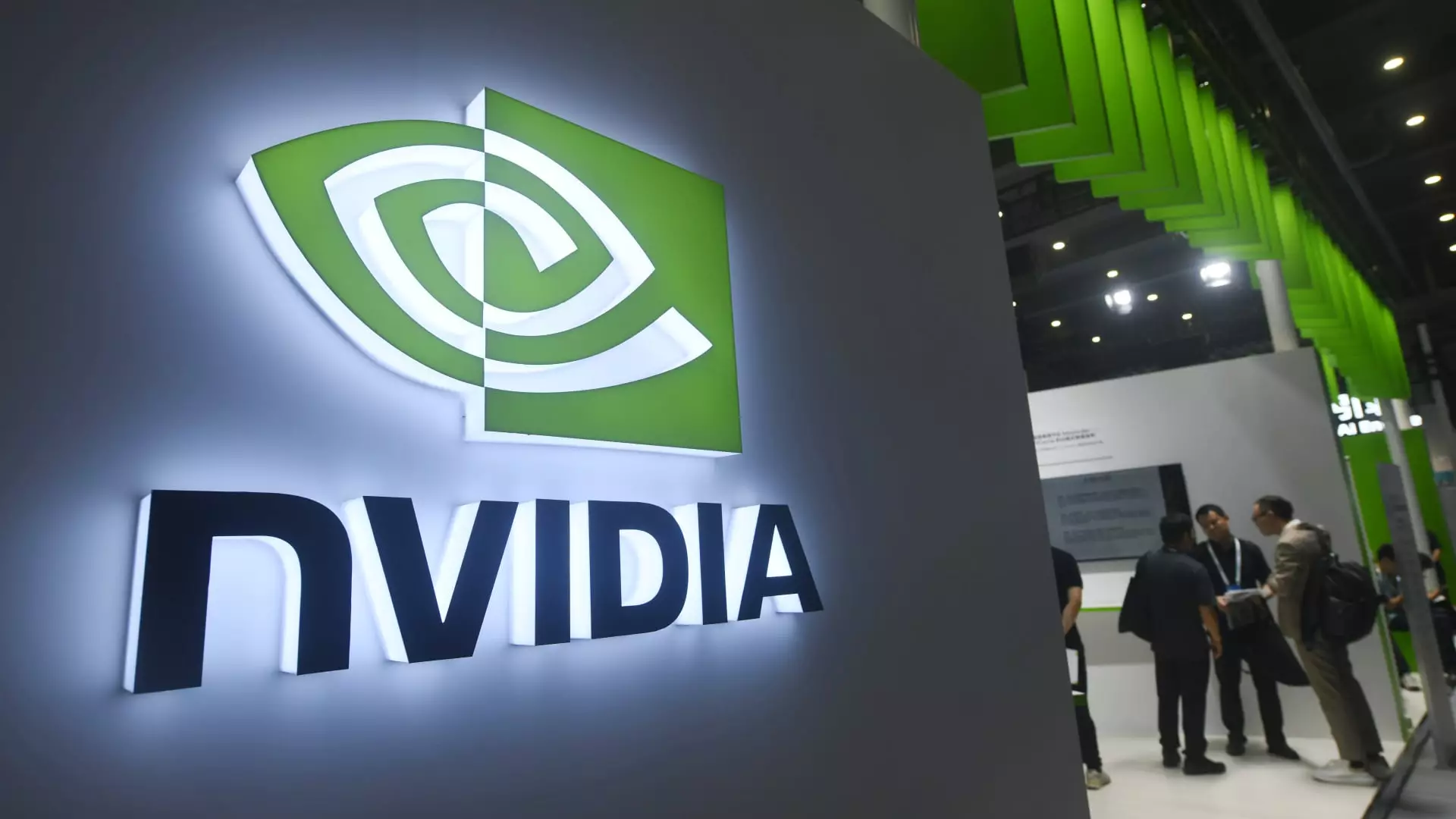Next week, Las Vegas will become a hub of innovation and technological advancement as prominent companies such as Nvidia, Google, and Microsoft converge for the HLTH healthcare technology conference. This year’s event is anticipated to attract over 12,000 industry professionals eager to explore artificial intelligence (AI) tools purposed to alleviate the pressing administrative burdens faced by healthcare providers. Given the extensive documentation responsibilities that healthcare professionals shoulder, these advancements could signal a critical shift in how care is delivered and managed, especially in light of an impending staffing crisis.
Healthcare workers today navigate a labyrinth of documentation that includes patient records, insurance communications, and regulatory compliance. The complexity and fragmentation of healthcare data—siloed across various vendors and formats—contributes to a burdensome workload that detracts from patient care and exacerbates burnout among providers. According to consulting firm Mercer, a staggering shortage of 100,000 healthcare workers is expected by 2028, underscoring the need for solutions that can enhance operational efficiency. The pressures of bureaucracy are threatening not only provider morale but also the quality of care that patients receive.
In response to these challenges, tech leaders are championing AI tools designed specifically to tackle administrative inefficiencies. Google’s recent announcement regarding Vertex AI Search for Healthcare showcases a forward-thinking approach to integrating AI into existing healthcare frameworks. This tool enables seamless information retrieval from fragmented medical records, directly addressing a key pain point highlighted in a recent survey, which revealed that clinicians spend nearly 28 hours a week on administrative tasks—time that could be better spent with patients. A significant 91% of surveyed providers expressed enthusiasm over the potential of AI to streamline these burdens.
Microsoft’s initiatives also promise to ease the load on healthcare professionals. By offering tools tailored for both doctors and nurses, including advanced medical imaging and AI-driven documentation solutions, the company aims to refine workflows and enhance productivity. The acquisition of Nuance Communications, which facilitated the creation of DAX Copilot, indicates Microsoft’s commitment to reducing the tedious nature of adhering to documentation standards. As this technology matures, it may transform the way healthcare practitioners engage with their documentation, resulting in more time devoted to patient interaction rather than clerical duties.
Artificial Intelligence scribe tools, exemplified by products like DAX Copilot, are experiencing surging interest, signifying a paradigm shift in clinical documentation. Companies such as Abridge, which recently secured considerable investment for their innovative documentation solutions, illustrate the broader trend toward automation within healthcare. Dr. Shiv Rao, CEO of Abridge, remarked on the historic pace of AI adoption in healthcare, signifying a crucial inflection point for the sector.
Moreover, Nvidia’s concerted efforts to address both technological and practical needs of healthcare professionals further highlight the integration of AI within the field. With AI models powered by Nvidia’s cutting-edge GPUs, healthcare professionals can leverage generative AI to alleviate daily burdens and refocus on their primary objective: patient care. As Nvidia shares experience a notable surge amid the AI boom, their focus on healthcare shows promise for catalyzing significant improvements in administrative efficiencies.
Despite the burgeoning excitement around AI applications in healthcare, many institutions remain in the nascent stages of assessing these tools. The HLTH conference serves not only as a platform for showcasing innovations but also as an opportunity for healthcare systems to evaluate potential partnerships that could streamline operations. As market players demonstrate the effectiveness of their AI solutions, it remains essential for hospitals and clinics to approach the integration of these technologies with strategic consideration.
While the increasing adoption of AI in healthcare presents undeniable benefits, it is crucial to acknowledge the challenges of aligning new technologies with existing workflows and ensuring that the human element of care is preserved. As healthcare providers adapt to the pressures of an evolving landscape, managing the balance between technology and personal engagement will be a critical determinant of both provider satisfaction and patient outcomes.
As the HLTH conference unfolds, the discussions and innovations surrounding AI tools will determine the trajectory of healthcare administration in the years to come. The convergence of technological capabilities and the urgent need for efficiency presents a compelling opportunity for health systems to embrace AI-driven solutions. This moment in healthcare history marks not just an enhancement of productivity but a profound step toward safeguarding the well-being of both healthcare providers and the patients they passionately serve. The actions taken today will ultimately shape the sustainability and accessibility of healthcare in an increasingly demanding future.

